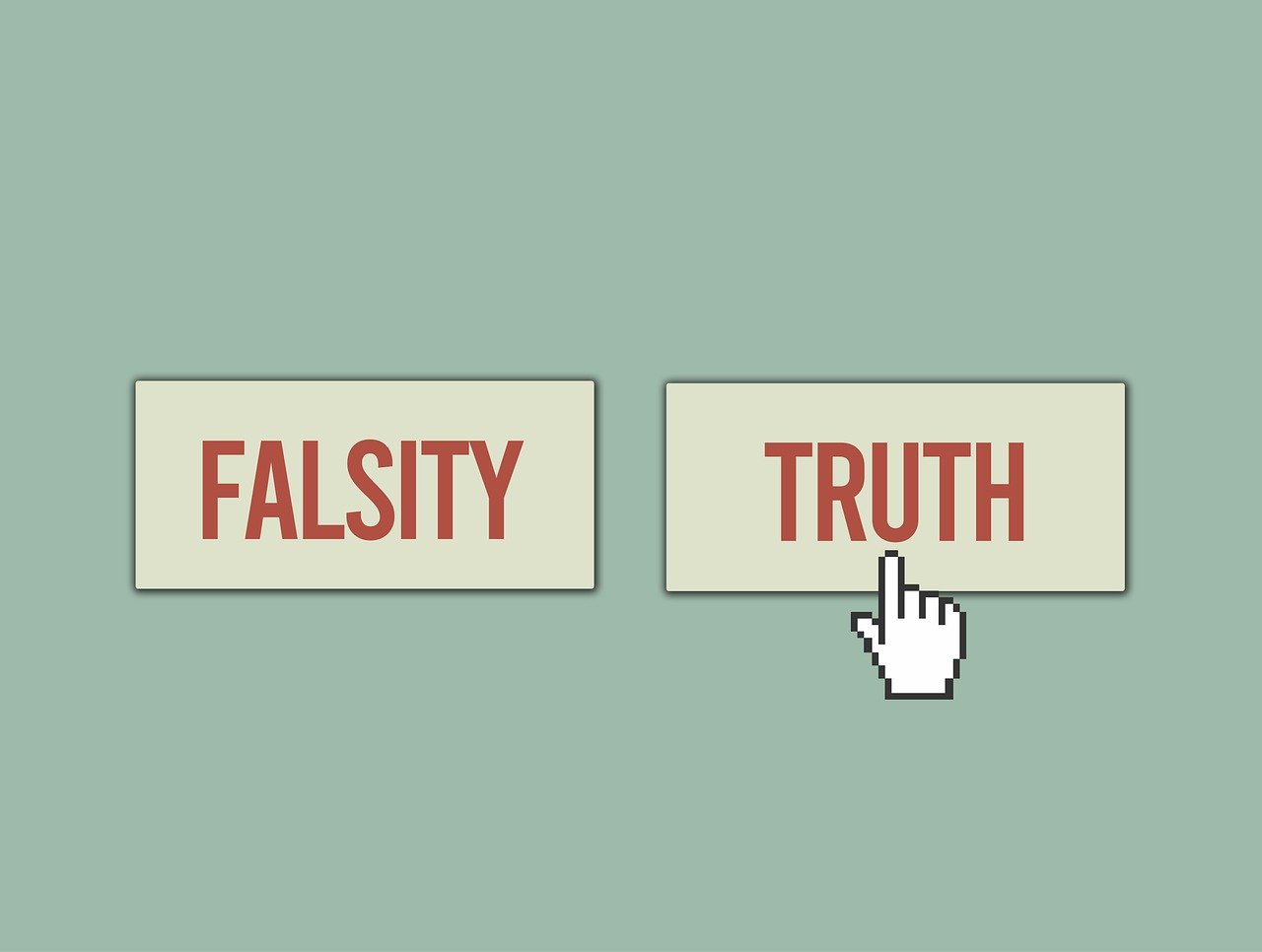What is Your Target Audience?
What is your target audience? Who is a part of your audience? Who will your product serve best? When creating and implementing your marketing plan it is crucial that you have an idea in mind of who you will be selling to. Many novice marketers make the critical mistake of targeting as wide of an audience as possible. Instead of fishing with a hook and bait for one big fish, they cast a wide, empty net in hopes of catching 100 fish. The difference is, the fisherman with the hook and bait can tailor his strategies to attract certain types of fish. The net might catch more, but it will come with wasted effort as everything unwanted is sifted through and thrown back. Marketing works the same way, you can tailor your efforts to attract specific audiences and potential leads. This way you are only putting your time and resources towards customers you already know will be a good fit for your products and services. In this article we’ll break down key demographic segments and ways that you can narrow down the audience for your advertisements and materials to attract specifically those who are already primed to want or need what you have to offer.
Age
Age is just a number, but that doesn’t mean it’s not important. When defining your target audience, make sure to think about age as a range rather than a specific number on the timeline. Depending on your product or service, different ages will respond not only to the products themselves differently but to different advertising methods differently as well. For example, marketing noise cancelling headphones via a TikTok ad can be a great way to reach audiences under 18 and from 18-35. However, older audiences may still be a good fit for that product but won’t be as easily reached through that channel. Remember that age affects not only the viability of your product for a certain audience but also impacts which marketing channels and tools will be effective in reaching said audience.
Gender
Gender is another key distinction that must be taken into consideration when developing a marketing strategy and determining the appropriate target audience. Just as audiences 65+ will react to and engage with material differently than anyone in the 18-35 range, Men and Women will also respond to different products and marketing strategies in different ways. Sometimes these areas have easy contrasts such as marketing beard cream vs marketing feminine hygiene products. Other times the difference is more subtle, such as using different word choice or highlighting different benefits of a product to fit within a more male or more female skewed narrative.
Location
Location can mean many things based on the size and scale of your company. If you’re marketing locally, location may be something as specific as targeting an east side neighborhood rather than a west side neighborhood. On a larger scale, location can mean targeting specific states or even specific countries. Anywhere you believe that an audience exists for your products, you can target specifically. Location viability will often be defined by what shipping or implementation structures you have in place, as well as areas where your product and service can meet existing needs. While location won’t always be as determinate as the factors listed above or below, it is important that you are only implementing strategies in areas where you can feasibly follow through and achieve a return on those marketing investments. In other words, don’t cast your net on dry land and expect any fish to turn up.
Income
Income can be a tricky demographic to determine. Who can afford your product? And who, if they can afford it, is willing to pay more for yours than someone else’s? When defining your targeted income demographic, it is important that you keep that idea of your ideal customer in mind. Who exactly do you see benefiting from your product and following your sales funnel down to the final transaction. Target these areas, occupations, or price points based on this vision of your ideal customer. Remember that all exchanges must end with the transaction, don’t waste time and resources marketing to individuals who won’t be able to meet their end of that transaction.
Interests
With social media, target audiences have never been able to be curated so specifically. You can tailor your ad campaigns to individual beliefs and interests because of the connectivity and collected data available through social media platforms such as Facebook. This means that you can not only refine your audience by indirectly observable traits such as age, gender, location, and income, but also through volunteered information such as interests and likes. That means that the more specific your product is, the more you can refine what type of person would need it most. Narrow down the commonalities and you find ways to create more demographic segments than ever before. This helps you tailor your ad campaigns and marketing materials to meet the exact needs and expectations of audiences based off information they’ve shared with Facebook and other social media platforms.
Blending these Demographics
While the demographic segments listed above are just that, segments, it is important to remember that they all work hand in hand. The goal isn’t to pick one segment and target generally from there, but to create a refined target audience that utilizes what you know about your ideal customer from across multiple demographic segments. Narrow down your audience by utilizing age, gender, location, income, and interests together. Remember that your marketing strategies aren’t meant to bring in as many random fish as possible with a wide net but to reel in exactly the types of purchasing customers you are looking for. When it comes to entrants in the sales funnel, quality will always achieve greater success than quantity.
Your Target audience
What is your target audience? Who is your audience? By applying what you’ve learned about demographic segments you should have an idea of who you want to be selling to, who your products will fit best, and what types of marketing campaigns will reach them most effectively. Defining your target audience is an essential part of operating a business and running any marketing campaign.
Featured Image:
Image by 정훈 김 from PixabayPixabay




















